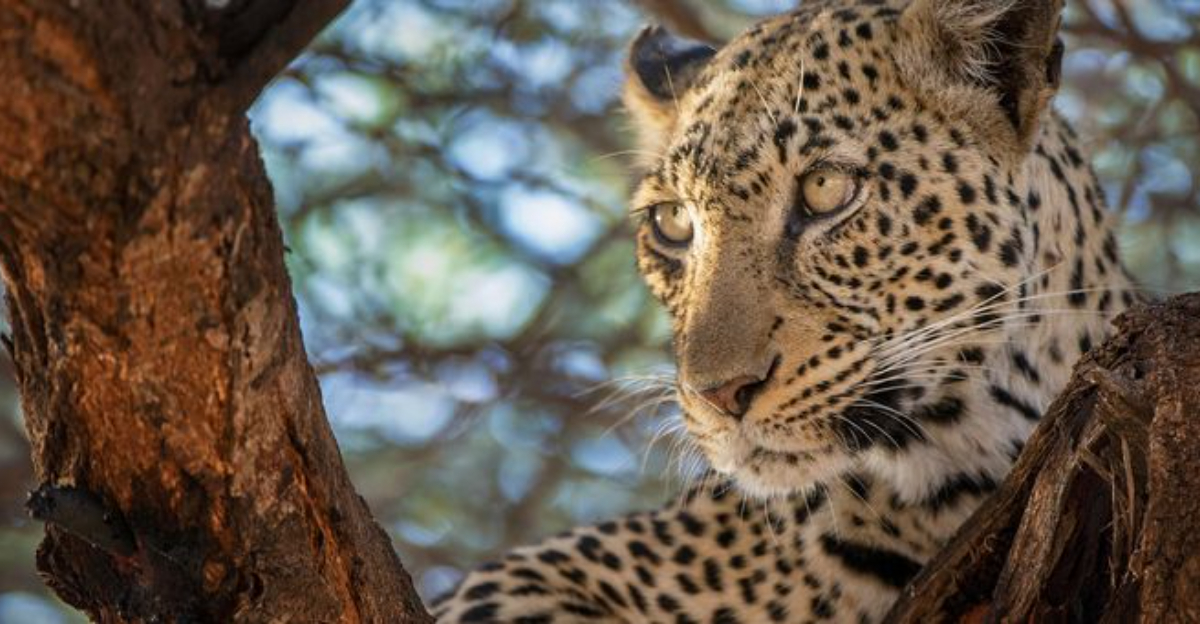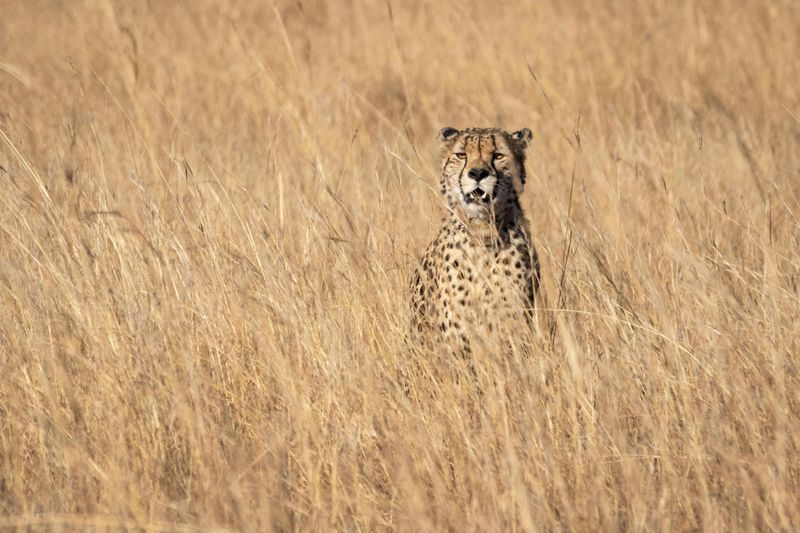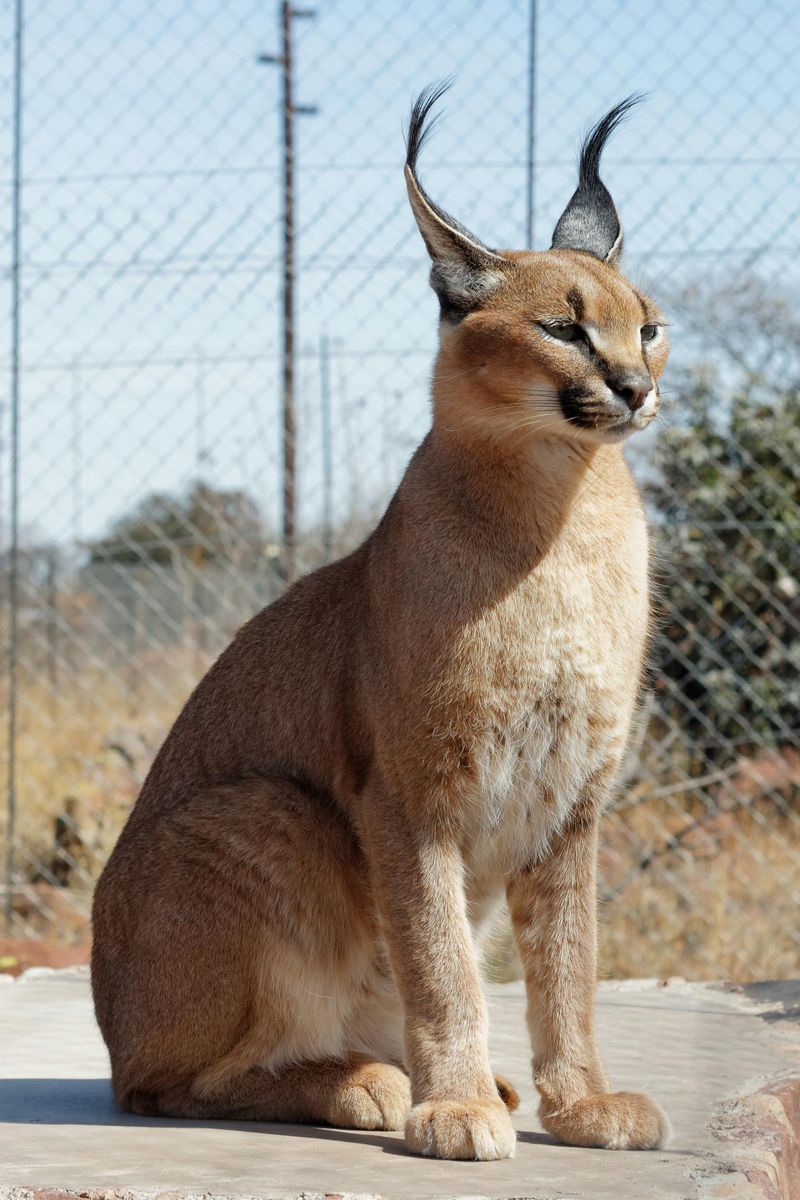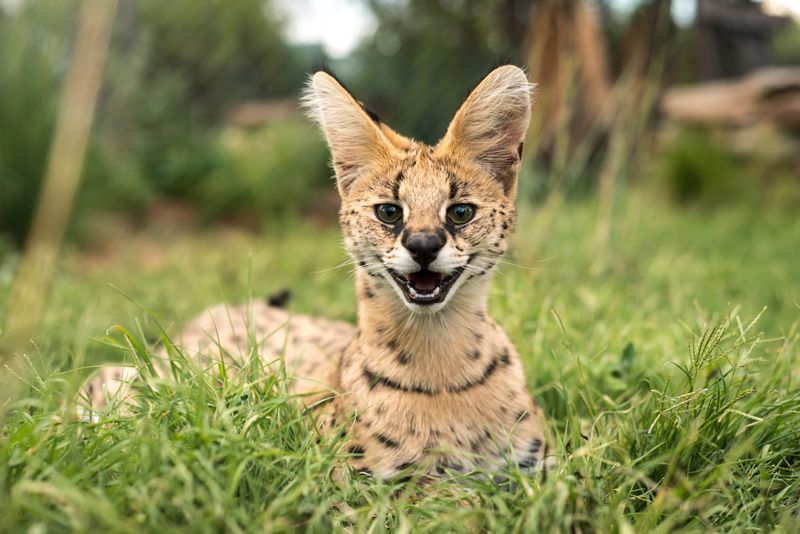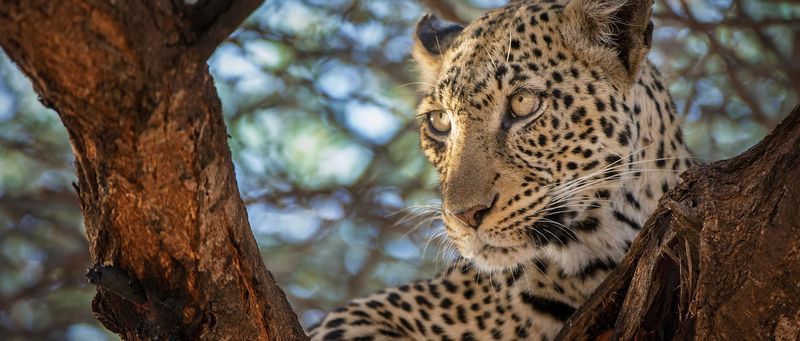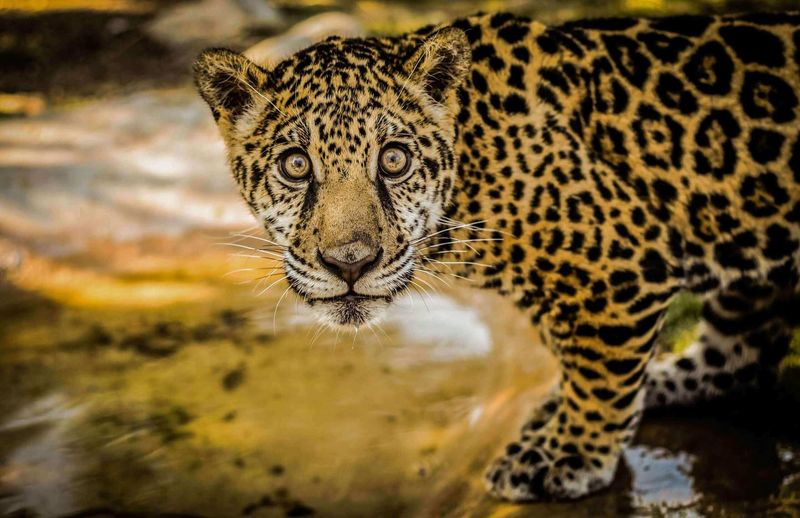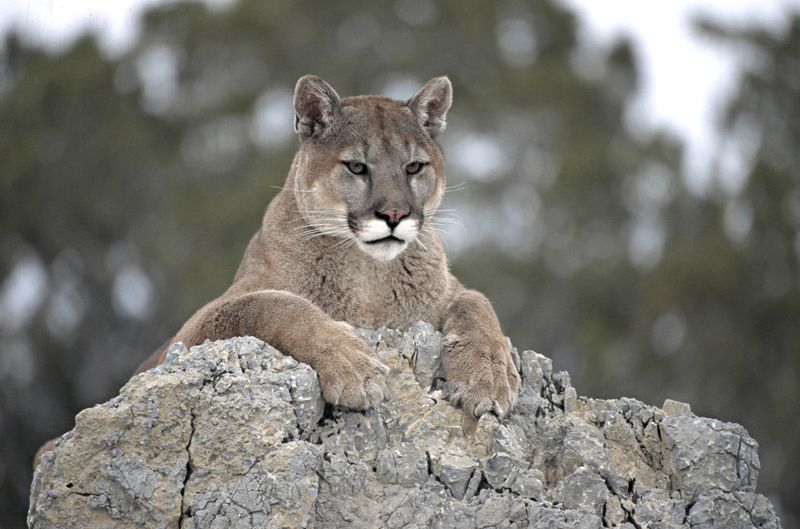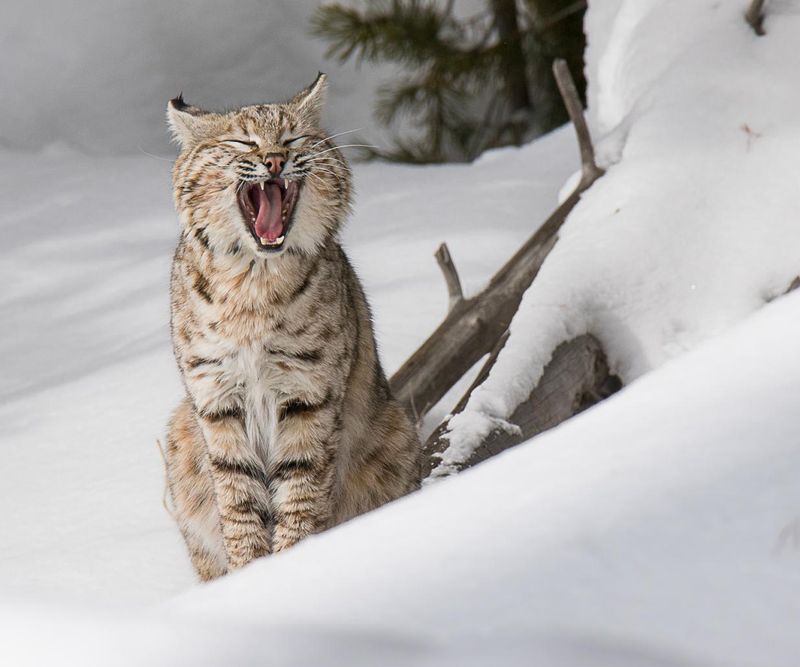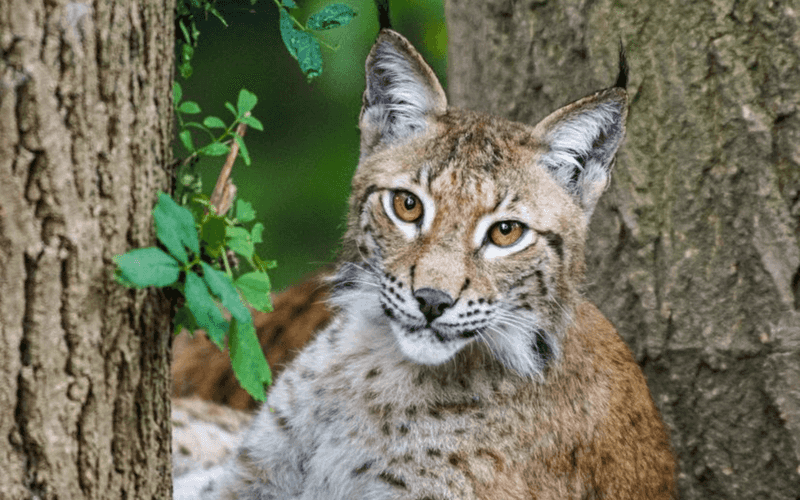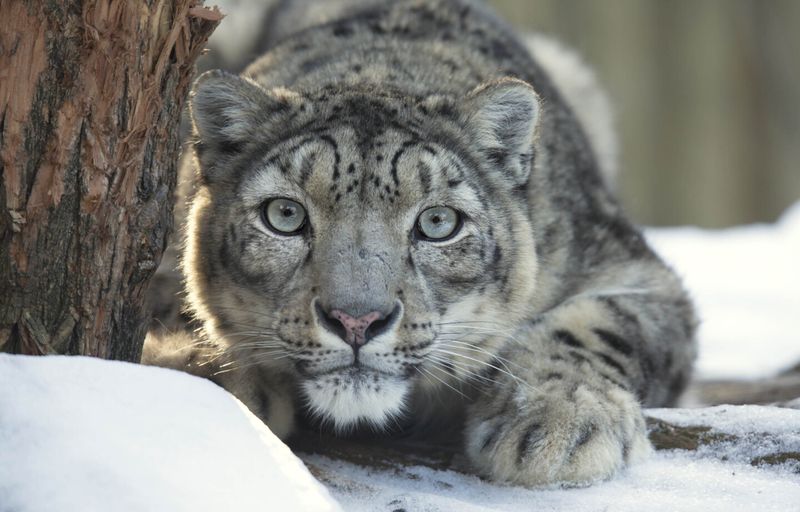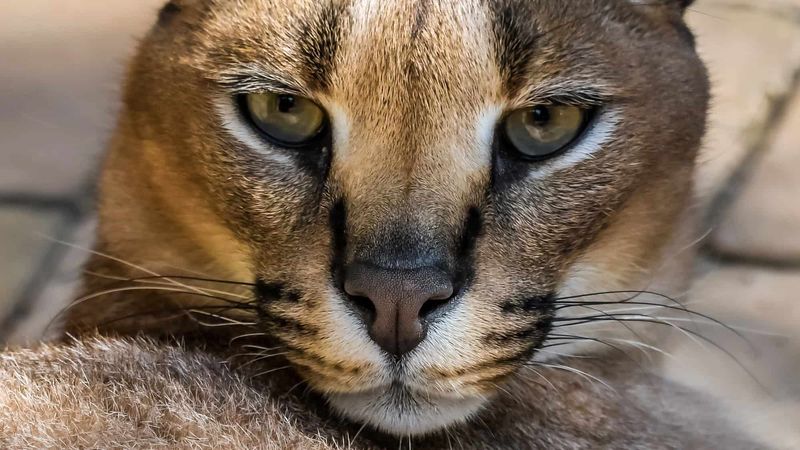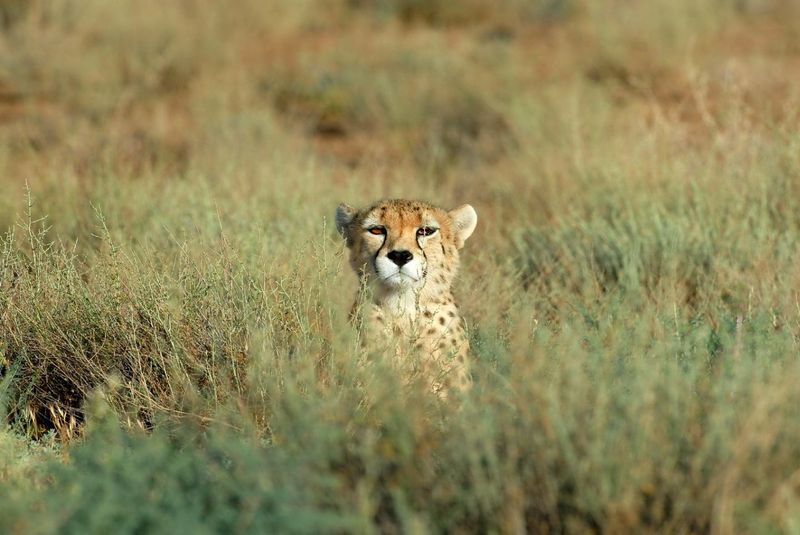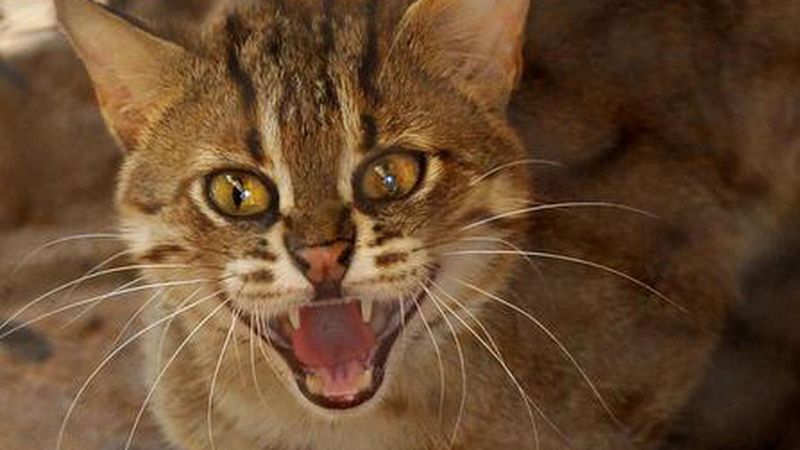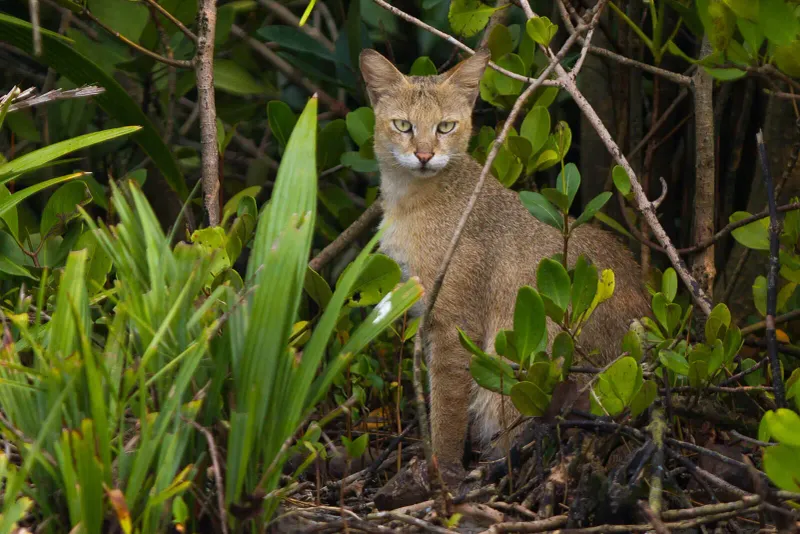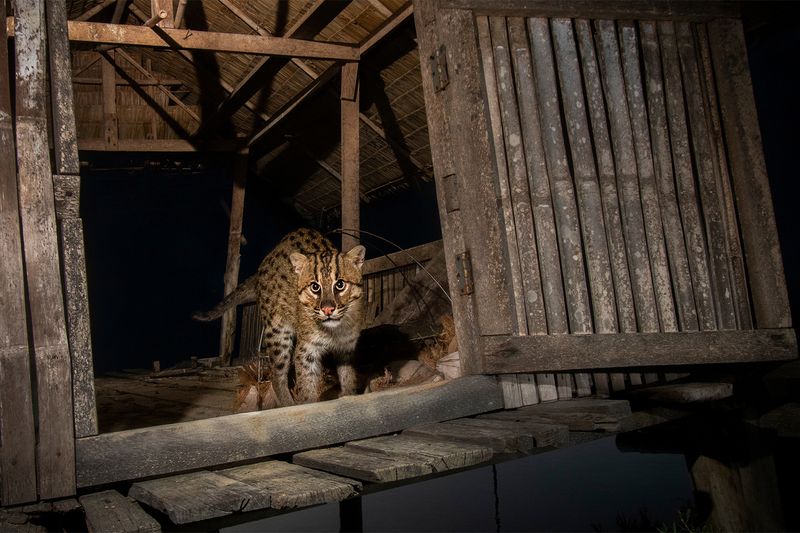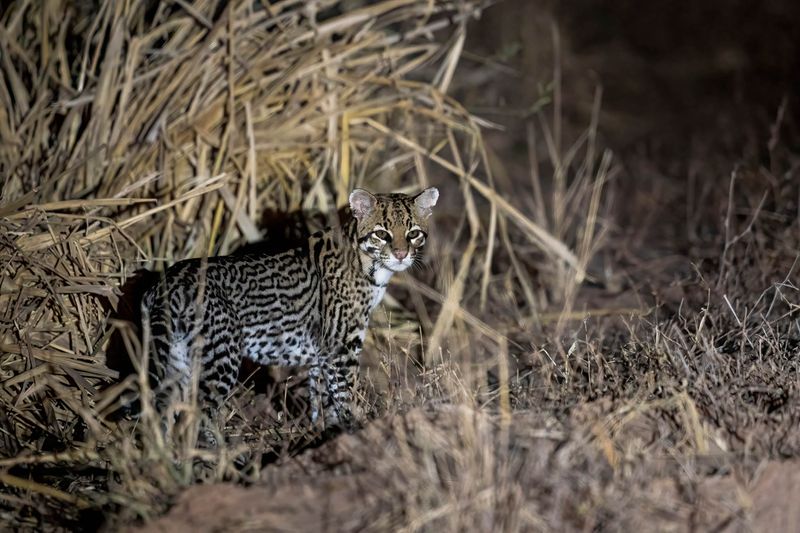📖 Table of Content:
Wild cats are some of the most extraordinary creatures in the animal kingdom, with certain species standing out for their incredible speed and agility. While the cheetah is the most famous for its unmatched velocity, other lesser-known wild cats, such as the rusty-spotted cat, also display remarkable swiftness. These felines have adapted to their environments in unique ways, allowing them to hunt efficiently and evade predators.
The ability to reach high speeds is essential for survival, whether for chasing down prey or escaping danger. Each of these wild cats has evolved specialized traits, such as long limbs, powerful muscles, and lightweight bodies, to maximize their speed. These adaptations make them some of the most formidable hunters in their respective habitats, showcasing the incredible diversity of nature.
From well-known species to hidden gems of the wild, each of these animals has a unique story to tell. Join us as we uncover the fascinating world of these remarkable predators and the traits that help them dominate their environments
1. Cheetah
No other land animal can match the cheetah’s sprinting ability, as it reaches speeds of up to 75 mph. Its acceleration is equally impressive, allowing it to surge from 0 to 60 mph in mere seconds. This remarkable speed gives the cheetah a significant advantage when hunting, enabling it to close in on prey with precision. Built for velocity, the cheetah’s body is uniquely designed for swift movement. Its long legs, flexible spine, and lightweight frame work together to maximize speed and agility. These adaptations allow it to cover vast distances in short bursts, making it one of the most efficient hunters on the African savannah.
2. Caracal
Known for their incredible leaping ability, caracals use their powerful hind legs to snatch birds right out of the air. These agile hunters can jump more than 10 feet high, a skill that plays a crucial role in their hunting strategy. Their remarkable athleticism allows them to surprise prey, making them highly efficient predators in their environment. Easily recognized by their striking tufted ears and reddish-brown coat, caracals have a distinct appearance. Though they are not the fastest runners among wild cats, they compensate with their stealth and precision. Their combination of speed and agility enables them to catch a variety of prey, including birds and small mammals.
3. Serval
Servals are adept hunters, excelling in high-speed chases over short distances. Known for their long legs and large ears, these cats are perfectly adapted to their environment. Servals can leap over 9 feet in the air, catching birds and insects with precision. Their keen hearing helps them detect prey, even underground. These agile felines prefer grasslands and wetlands, where their camouflage aids in stalking. Their unique hunting techniques, including using their paws to flush out prey, make them efficient predators. Servals’ speed and agility are key to their success in the wild.
4. Leopard
Their power and agility make them formidable predators, adept at hunting a variety of prey. Leopards rely on their strength to ambush animals, often pouncing from a short distance. Their spotted coat provides excellent camouflage in the dappled light of forests. This adaptability allows them to thrive in diverse habitats, from rainforests to savannahs. While not the fastest, leopards’ combination of speed, strength, and stealth makes them successful hunters. Their ability to climb trees also aids in storing and protecting their kills.
5. Jaguar
Although they are not built for endurance running, they can reach impressive speeds in short bursts. This agility, combined with their immense strength, allows them to ambush unsuspecting prey with deadly precision. Unlike other big cats, jaguars have a unique method of hunting that sets them apart. Instead of suffocating their prey, they deliver a crushing bite directly through the skull, instantly killing their target. To execute this technique effectively, they must get extremely close, relying on stealth and sudden sprints to close the distance.
6. Cougar
Cougars are exceptional sprinters, capable of reaching speeds up to 50 mph. Their adaptability allows them to thrive across diverse environments, from dense forests to arid deserts. This wide range makes them one of the most widespread wild cats in the Americas. With powerful hind legs and a muscular build, cougars are built for short, intense chases. They rely on stealth to get close to their prey before launching into a high-speed pursuit. Their long tails provide balance, helping them navigate sharp turns and sudden movements during the chase.
7. Bobcat
Despite their small size, bobcats are remarkably swift and agile, using bursts of speed to capture prey such as rabbits and rodents. These North American wild cats are easily identified by their tufted ears and distinctive short tails. Their sharp hunting instincts, combined with quick reflexes, make them formidable predators in their natural habitats. Stealth plays a crucial role in a bobcat’s hunting strategy. They rely on patience and careful movements to get close to their target before launching a sudden sprint. Their ability to cover short distances at high speeds allows them to efficiently ambush unsuspecting prey in woodlands and grasslands.
8. Eurasian Lynx
Particularly adept at hunting over snowy terrain Eurasian Lynxes are agile and fast. These large wild cats are recognizable by their tufted ears and ruffed necks. Their powerful legs allow them to move quickly, even in deep snow, as they pursue prey like deer and hares. Eurasian Lynxes are solitary hunters, relying on their keen senses and speed to catch food. Their thick fur provides insulation in cold climates, while their spotted coats offer camouflage. These adaptations make the Eurasian Lynx a successful predator in the harsh conditions of the northern forests where they reside.
9. Snow Leopard
Snow Leopards may not be the fastest runners, but they are incredibly agile, capable of leaping great distances while hunting. These elusive cats are found in the rugged mountains of Central Asia, where their thick coats keep them warm. Snow Leopards are known for their long, bushy tails, which help them balance on steep, rocky slopes. They use stealth and surprise, rather than speed, to approach prey such as wild goats. As solitary animals, they rely on their agility to navigate their challenging environments. Their ability to jump up to 50 feet makes them exceptional hunters in mountainous regions.
10. African Golden Cat
Elusive and swift, African Golden Cats are skilled predators that thrive in the dense forests of Africa. Their striking golden-brown coats help them blend seamlessly into their surroundings, making them difficult to spot. As medium-sized wild cats, they rely on both speed and stealth to navigate their challenging habitat. Unlike more widely studied wild cats, African Golden Cats remain a mystery due to their secretive nature. They are known to hunt a variety of prey, including birds, small mammals, and even monkeys. By combining quick bursts of speed with ambush tactics, they efficiently capture their targets in the thick undergrowth of the forest.
11. Asiatic Cheetah
These cheetahs are critically endangered, with fewer than 50 individuals remaining in the wild. Their lighter build allows them to maintain high speeds across the arid landscapes they inhabit. Like African cheetahs, they rely on exceptional speed and acceleration to catch prey, mainly consisting of antelope. Conservation efforts are critical to their survival, as habitat loss and poaching have drastically reduced their numbers. The Asiatic Cheetah’s plight highlights the importance of conserving biodiversity in our natural world.
12. Rusty-Spotted Cat
Native to India and Sri Lanka, these diminutive felines weigh only a few pounds. Despite their size, they are effective hunters, preying on birds, rodents, and insects. Their small stature allows them to move swiftly through dense underbrush, using stealth to approach their prey. Rusty-Spotted Cats are nocturnal, relying on their keen senses and quick reflexes to hunt under the cover of darkness. Their unique appearance, with a rusty-colored coat and distinctive spots, makes them a fascinating subject for wildlife enthusiasts.
13. Jungle Cat
Jungle Cats are swift hunters found in grasslands and wetlands across Asia. These medium-sized felines are well-adapted to various environments, using speed and agility to hunt small mammals and birds. Jungle Cats have a distinctive appearance, with long legs and a tufted tail, aiding their movement through dense vegetation. Their ability to swim also gives them an advantage when hunting near water bodies. Jungle Cats are solitary creatures, relying on stealth and speed to approach prey. Their adaptability and hunting skills allow them to thrive in diverse habitats, from marshes to agricultural areas.
14. Fishing Cat
Unlike most wild cats, Fishing Cats have a remarkable affinity for water, thriving in the wetlands of South Asia. Found near rivers, swamps, and mangroves, they are well-adapted to a semi-aquatic lifestyle. Their unique physical traits, such as webbed feet and strong, muscular bodies, make them excellent swimmers. Hunting primarily by the water’s edge, Fishing Cats use patience and precision to catch their prey. They wait silently before diving in to snatch fish, showcasing their agility both in and out of the water. In addition to fish, they also hunt small aquatic animals, demonstrating their adaptability as skilled predators. This combination of speed, stealth, and swimming ability sets the Fishing Cat apart from other felines. Their ability to navigate both land and water with ease highlights their versatility in the wild.
15. Ocelot
Ocelots are sleek, fast felines renowned for their strong climbing and running skills. Found throughout the rainforests of South America, these cats are excellent hunters, preying on small mammals, birds, and reptiles. Ocelots possess a beautiful, spotted coat that provides camouflage in the dense jungle canopy. Their agility allows them to navigate the forest with ease, whether sprinting on the ground or climbing trees. Ocelots are solitary animals, using their speed and stealth to ambush prey. Their adaptability to both terrestrial and arboreal environments makes them successful predators in the diverse ecosystems they inhabit.
